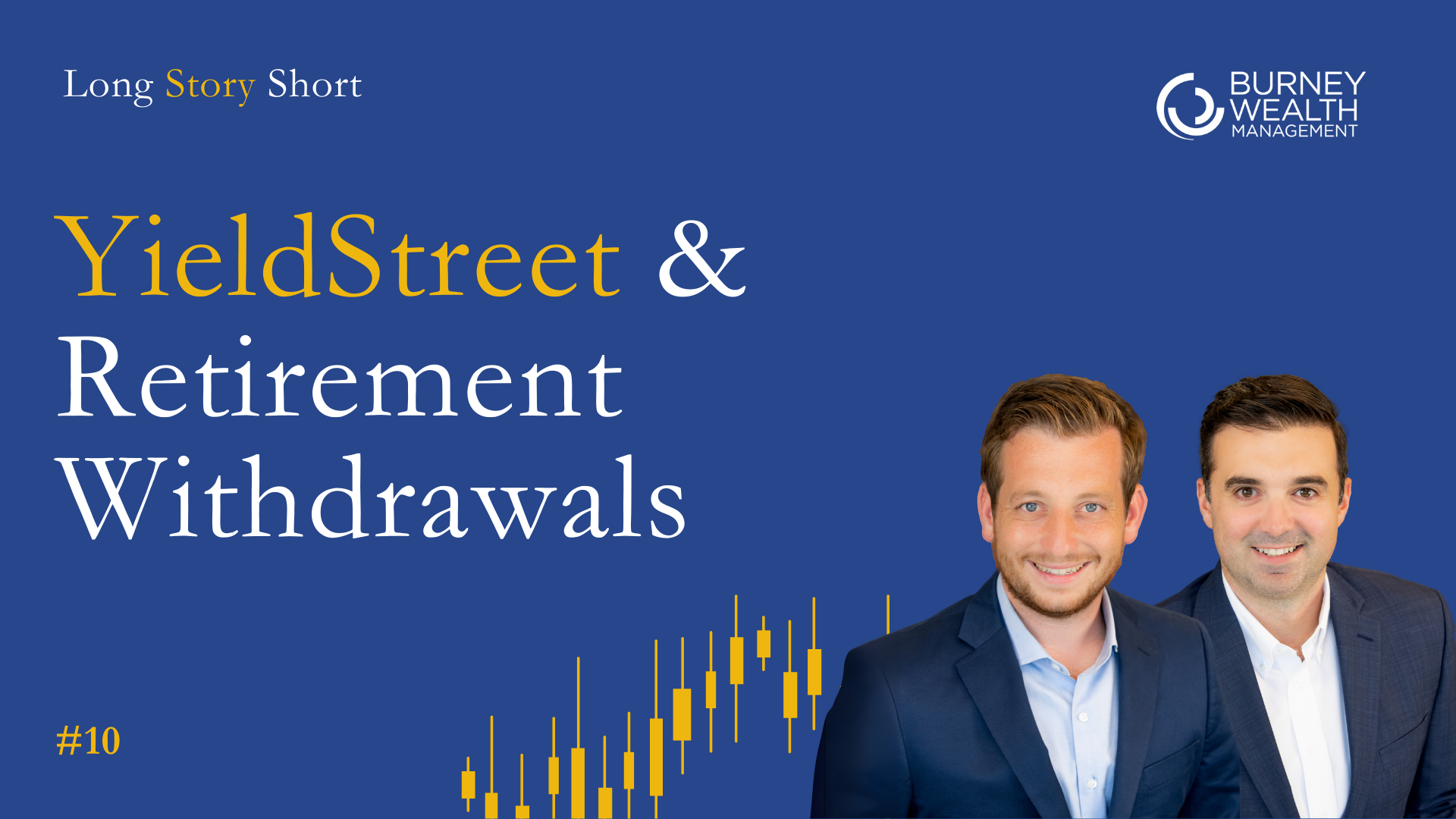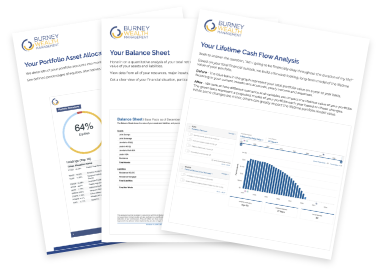YieldStreet Lessons and Retirement Withdrawal Strategies | Ep 10

Watch or listen to the episode below:
YieldStreet made headlines this week, and not in a good way. The alternative investment platform that promised regular investors could “invest like the 1%” is now facing reports of sophisticated investors losing hundreds of thousands of dollars on failed real estate deals.
The story offers important lessons about alternative investments and the dangers of flashy marketing over substance.
When Marketing Meets Reality
YieldStreet's pitch was seductive: take a minimum investment of a few thousand dollars and access luxury apartment buildings in Nashville or office buildings in Chelsea. Target returns of 20% wrapped in the exclusivity of alternative investments.
Andy wasn't surprised by the failures. Even established investment advisors managing billions of dollars struggle to access the best alternative investment deals. There's sophisticated, highly networked money chasing the same opportunities.
The idea that you can auto-deposit a few hundred dollars and get the same access as institutional investors was always wishful thinking.
Asset Class vs. Manager Selection
The YieldStreet situation highlights a crucial investment principle: asset class first, manager second.
When evaluating investments, the first question should be: does this asset class belong in my portfolio? If you want real estate exposure, there are many ways to get it. If you want private equity exposure, multiple managers offer access.
YieldStreet marketed itself around specific deals and target returns rather than the characteristics of the underlying asset classes. That's backwards thinking that leads to problems.
The Concentration Risk Problem
One investor mentioned in the reports put $400,000 into just two real estate projects through YieldStreet. That's essentially like putting $400,000 into just two stocks.
Even if those were high-quality investments, the concentration risk alone could lead to total loss. The same diversification principles that apply to public markets apply to alternatives.
Real estate doesn't automatically mean safety. Individual projects can and do go to zero.
Retirement Withdrawal Strategies
The second half of the episode tackles a listener's question about withdrawal strategies during market downturns. This is one of the most important topics for retirees that doesn't get enough attention.
The nightmare scenario: you retire with $1 million in stocks. The market crashes 50%. You now have $500,000 but still need your $60,000 annual income. You've gone from a 6% withdrawal rate to a 12% withdrawal rate, and you're forced to sell stocks at depressed prices.
Those dollars you sell never get a chance to recover when the market bounces back. This is sequence of return risk, and it's most dangerous in the early years of retirement.
The Bucket Strategy Solution
The solution isn't to avoid stocks entirely. It's to have 3-5 years of expenses in stable investments like short-term treasury bonds or high-quality corporate bonds.
When the market crashes, you don't touch your stocks. You live off the stable portion while waiting for recovery. Historical data shows it typically takes 4-5 years for major market crashes to fully recover.
This doesn't mean being overly conservative. If you have $2 million and need $100,000 per year, keeping 20% in stable investments gives you several years of spending power while still having 80% invested for growth.
The Inflation Balance
Retirement portfolios face two major risks: sequence of return risk (selling stocks during bear markets) and inflation risk (money losing purchasing power over time).
The bucket strategy addresses both. The stable portion protects against sequence risk. The equity portion protects against inflation over the long term.
Stocks are actually excellent long-term inflation hedges. Companies can raise prices during inflationary periods, which shows up in higher profits and stock returns. The key word is long-term.
Why Stocks Win Over Time
There's a common misconception that high inflation means bad stock markets. The data shows the opposite. Inflationary periods tend to be great times for stock investors once the dust settles.
Even in 2022, when both stocks and bonds fell during the inflation surge, investors who held stocks through the period came out ahead. The key is having the right time horizon and the right buffer to avoid forced selling.
The Bottom Line
Both YieldStreet's problems and retirement withdrawal challenges come down to the same principles: don't chase returns without understanding risks, diversify properly, and have a plan for when things go wrong.
Alternative investments aren't inherently bad, but they require more due diligence than most platforms provide. Retirement withdrawals aren't inherently risky, but they require more planning than most people realize.
The common thread is avoiding the temptation of simple solutions to complex problems.
Listen to the full conversation on Long Story Short:
The Burney Company is an SEC-registered investment adviser. Burney Wealth Management is a division of the Burney Company. Registration with the SEC or any state securities authority does not imply that Burney Company or any of its principals or employees possesses a particular level of skill or training in the investment advisory business or any other business. Burney Company does not provide legal, tax, or accounting advice, but offers it through third parties. Before making any financial decisions, clients should consult their legal and/or tax advisors.



